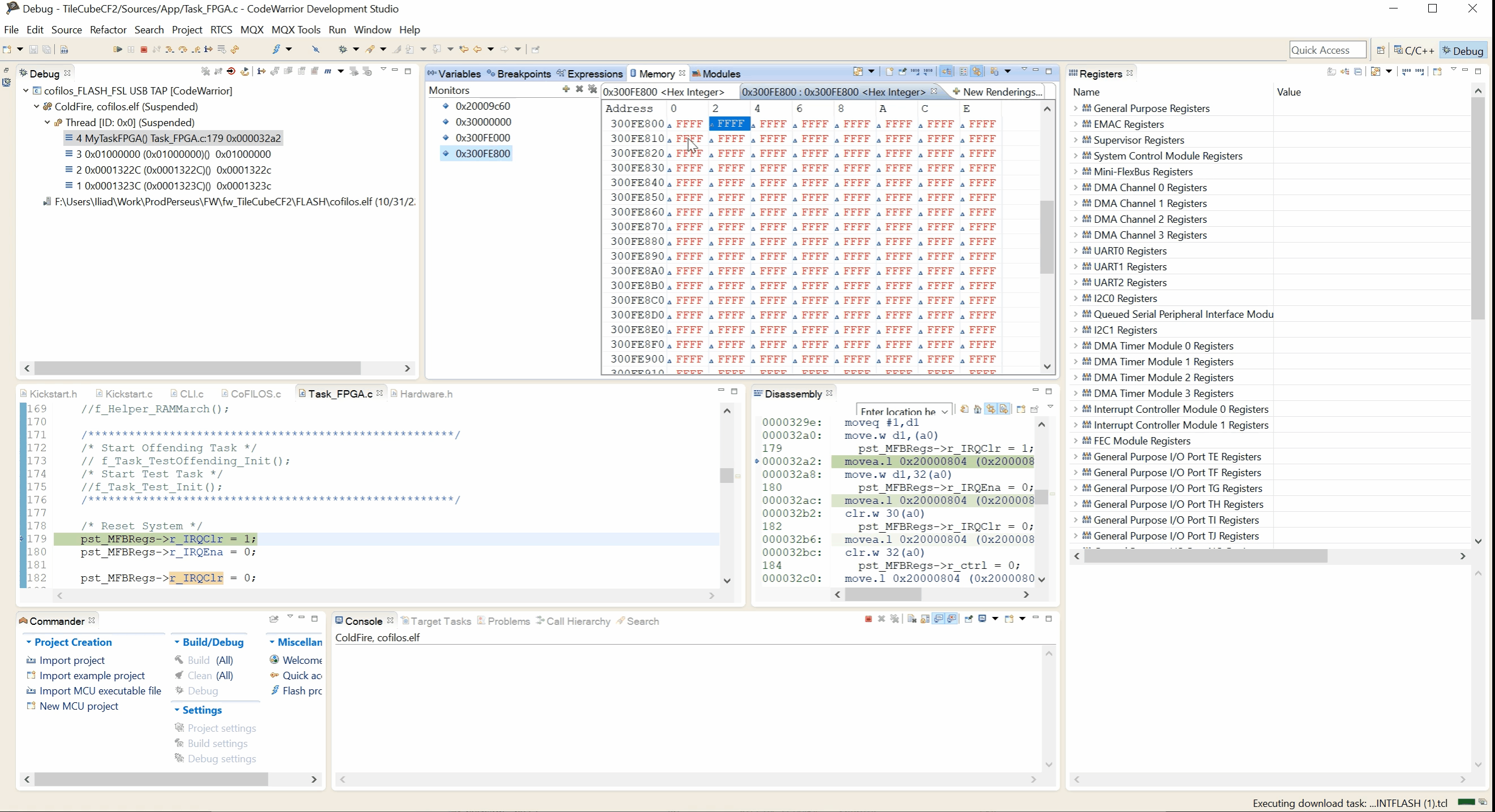Mastering the Deterministic Edge
In embedded systems, firmware is the specialized, performance-critical software that runs directly on the hardware, often with limited resources and a requirement for deterministic execution in real-time. We treat firmware not merely as code, but as the core intelligence driving your system’s reliable operation.
The Challenge of Embedded Reliability
- Low Fault Density: How many bugs are revealed during rigorous testing?
- Maintainability: How easy is it to change operations, add features, or resolve issues?
- Portability: How fast can the solution be adapted to different microcontroller architectures?
- Expert Toolset: We combine software debuggers with external hardware tools like oscilloscopes and logic analyzers to effectively pinpoint difficult-to-resolve, intermittent issues in the electrical and timing domains.
- Support & Instrumentation: We build support for debugging directly into the final firmware, ensuring that valuable diagnostic capabilities are available during later phases of the product’s operational lifecycle.
- Supporting Tools: We utilize languages like Python and GUI scripting to create powerful automation and instrumentation tools that support the development and testing process.
Debugging embedded systems, especially those controlling physical processes like motors, is notoriously difficult. Unlike conventional software, physical resources often cannot freeze while code is being traced. Intermittent errors and problems related to unpredictable, real-time environments require expert-level strategies not found in typical software development.
A quality firmware solution is judged by fundamental criteria:
Our Methodology: Building Quality In
The first rule of embedded development is to avoid creating bugs in the first place. Our approach prioritizes architecture and testing, which pay massive dividends in quality, speed, and budget adherence.
With over 40 man-years of specialized embedded firmware experience, we have mastered the techniques required for mission-critical reliability:
| Pillar | Description | Key Benefit |
| Safety-Critical Design | We have strong experience in production-grade safety-critical systems, utilizing methodologies like Test-Driven Development (TDD) and layered architectures from the project’s inception. | Certifiable Trust: Ensures robust, verifiable code and a clear path to required safety certifications. |
| Architecture First | A significant amount of time is dedicated to architectural decisions and comprehensive test scaffolding before the first line of functional code is written. | Efficiency & Quality: Drastically reduces bug count, debug time, and overall time-to-market. |
| Portability & Performance | We primarily use C and optimized Assembly code, ensuring the software can be ported to different microcontroller architectures fast with minimal overhead. | Future-Proofing: Protects your investment and maximizes hardware flexibility and performance. |

Advanced Debugging and Lifecycle Support
While we strive for zero-bug code (beware there is no zero-fault code), we plan for the unexpected. Our debugging strategies are multi-faceted and reflect the complex nature of embedded systems: